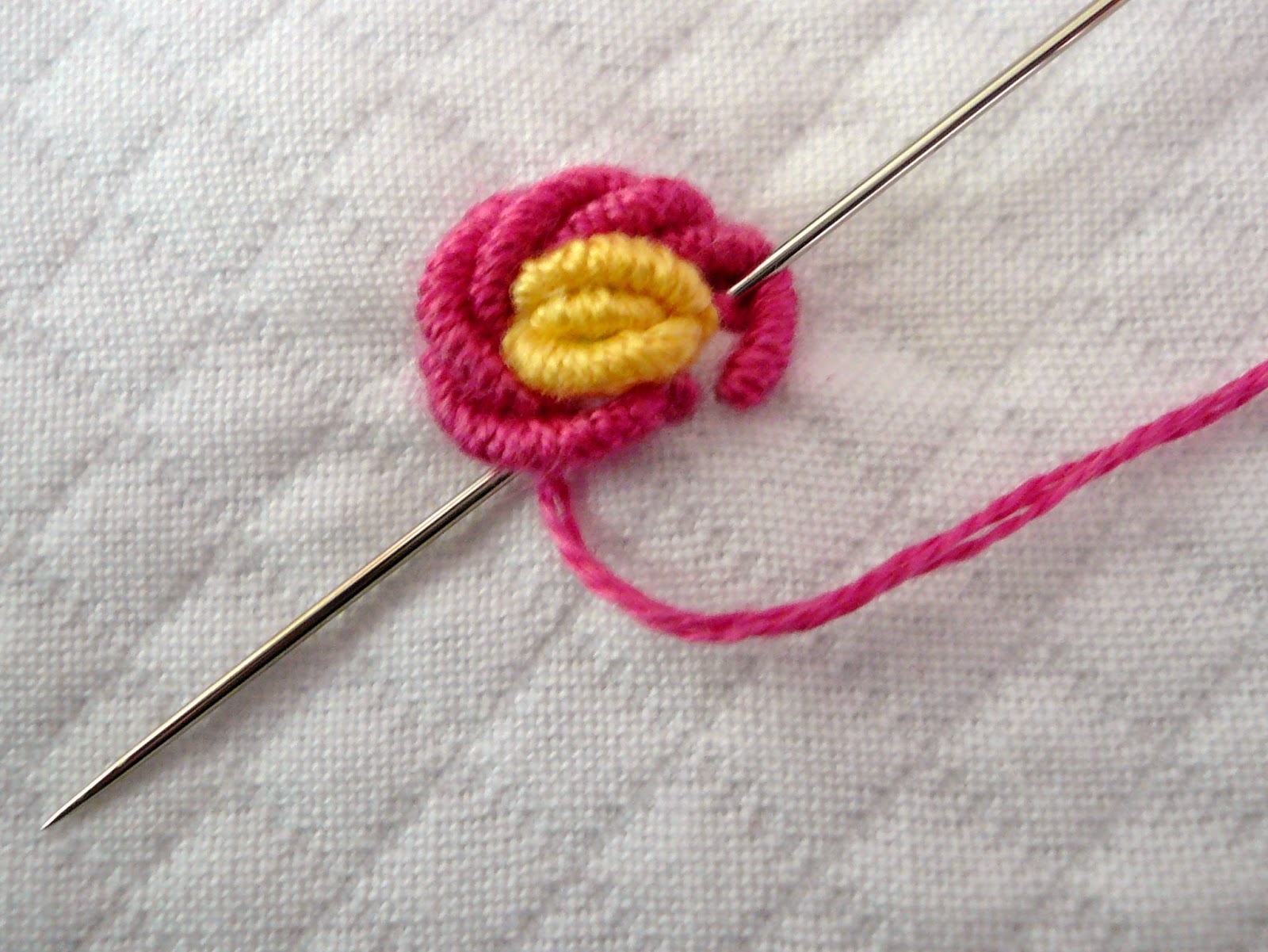I am lucky enough to be asked to teach private classes every so often. Inevitably the ladies in these small groups end up becoming my trusted friends. As these classes tend to become annual events there is always the desire to move up a notch or two in difficulty with the planned class project. This year I have designed the quintessential little English girl's outfit - a smocked Liberty print dress and matching wool dress coat. It definitely falls into the category of 'master' or advanced class ranking.
The dress is constructed form Liberty of London tana lawn 'Wiltshire' which is one of their classic prints that stays available for several years rather than just one season. The smocked sections on each side of the box pleated center front panel run right up into the shoulder seam and are backed with 'baby' interfacing to plump up the pleats and give a more structured appearance. It does require a 32 row pleater to prepare the side panels for hand smocking.
The piped collar features a dark navy overlay of cotton pique which coordinates with the covered buttons at the sides of the center front panel. The lower ten rows are surface smocked with rows of trellis stitch and the upper portion is back smocked to show off the beauty of the 'Wiltshire' print in it's altered, pleated state, Chunky bullion roses (three strands of floss) are centered between the sets of trellis stitch.
The back of the dress is finished off with a piped modified sash that ties into a flat self bow. I did not want the bulk of a traditional tied sash under the dress coat.
The coat has a traditional look but is modified with added fullness in the side panels to accommodate the fullness of the smocked dress worn underneath. French dark navy blue Italian wool flannel is a perfect weight for a little girl's coat. The upper body and sleeves and completely interlined with 'baby' interfacing but the lower front and back sections are not interlined to allow for gathering up the wool into the bodice front and back.
I tried using fusible hair canvas which was something new (to me!) for the full front panels and the collar. I was very pleased with the results and would definitely recommend it for children's tailored garments as it does not need any pad stitching to hold it in place. The next photo shows a peek inside the half finished coat with the hair canvas in place on the front panels, the 'baby interfacing used as an interlining for the remaining upper portion of the coat and the shoulder pads in place.
The front of the coat closes with machine buttonholes and self covered embroidered buttons to coordinate with the embroidery on the collar of the coat and the print of the dress.
A generous box pleat at the center back allows for extra fullness in the lower portion of the coat. A decorative shaped half belt embellished with a bullion rose and a bit of feather stitch accents the back waistline.
The coat is fully lined with flannel back satin for additional warmth without adding too much bulk. The lower hemline is padded out with strips of bias cut fusible woven interfacing and the raw edge bound with scraps left over from the coordinating dress. It is all covered up with the lining but I still know its in there!
I am going to have my students choose from three colorways in the Wiltshire print which all coordinate beautifully with the dark French navy coat.
The project will be sized 4, 6, and 8. The sample dress and coat shown are a size 4. I am going to try making the coat up in cotton pique which could be a good weight for all my southern friends who would have no use whatsoever for a wool coat. You can click on any of the photos for a (frighteningly) enhanced close up view.









.JPG)




.JPG)
.JPG)
.JPG)



























































